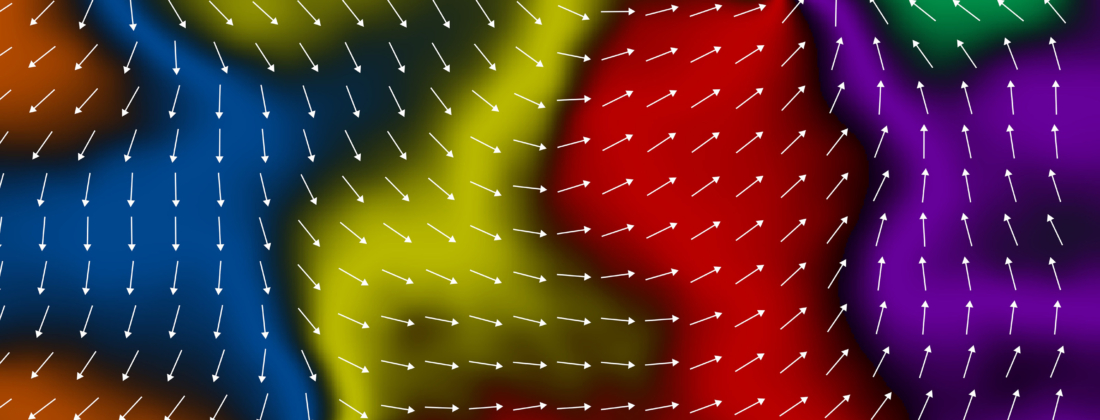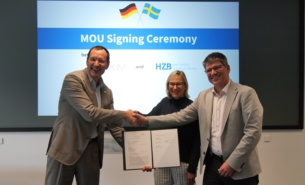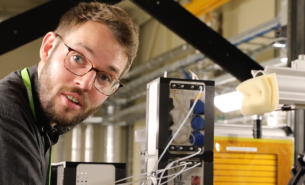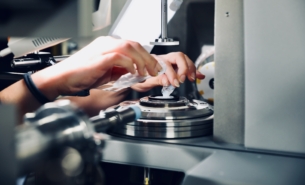The domain structure of a new type of magnet, called altermagnet, has been imaged for the first time at the MAXPEEM beamline. The study opens the way for controlling the properties of these materials at the nanoscale and could contribute to faster and more energy efficient memory devices.
Read more
University of Nottingham
Financial Times
Nature Research Briefings
A new type of magnet
Magnetism is a manifestation of a quantum mechanical property of electrons, called spin, that makes electrons behave like tiny magnets. Historically, magnetic materials are classified into two families based on the orientation of these tiny magnets. On one side, we have ferromagnets, materials like your fridge magnets where all the spins are aligned to create a magnetic field that holds your magnet in place, and on the other side, we have antiferromagnets where the neighbouring spins point to opposite directions and are behaving macroscopically like ordinary materials. The two families were considered incompatible until 2019, when theorists predicted a third type of magnetic materials called altermagnets that have spin arrangement akin to an antiferromagnet with properties found only in ferromagnets.
“It turns out that altermagnetic materials are not rare or necessarily exotic, hematite is a prime example. It’s just a matter of looking at magnetic materials from a different perspective.“, says Evangelos Golias, beamline scientist at MAXPEEM and one of the authors of the study.
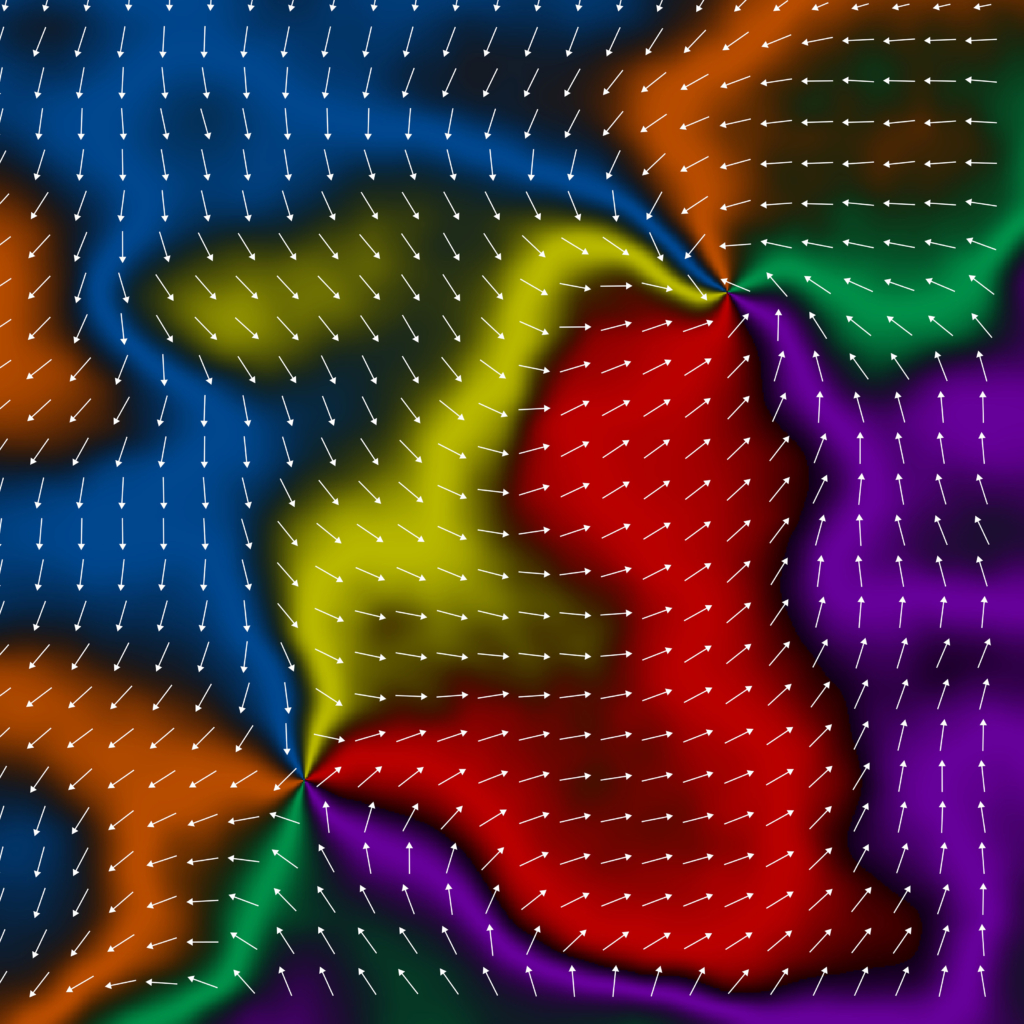
Altermangetic domains imaged at MAXPEEM for the first time
Magnetic materials are a patchwork of different domains, where nearby spins lie along a specific direction in each domain. Mapping of the domain structure is vital to understanding the properties of magnetic materials, especially for applications such as information storage.
Until now, the properties of altermagnets have been inferred using methods that cannot provide microscopic information about the domain structure. Imaging of the altermagnetic domain structure with nanoscale precision has been performed for the first time at MAX IV. Polarised light was used for the study at MAXPEEM, MAX IV’s photoemission electron microscopy beamline. The beamline is the only one in the world where the light hits the sample at a right angle.
“This geometry is a double-edged sword, but in this experiment, it was the key to unravel the altermagnetic domain structure. We were able to pick up a small magnetic signal that would be challenging to do elsewhere”, said Evangelos Golias.
Promising memory applications
The speed of the magnetic memory devices and sensors used today, that are based on ferromagnetic materials, is limited by how fast the spins can be manipulated, the so-called resonance frequency. In altermagnets this frequency is considerably higher. Since altermagnets do not have a net magnetization they cannot be disturbed by external magnetic fields, and can be packed tighter in a device.
“With altermagnets we can get a thousandfold increase in operation speed while reducing the device size.” says Evangelos Golias.
